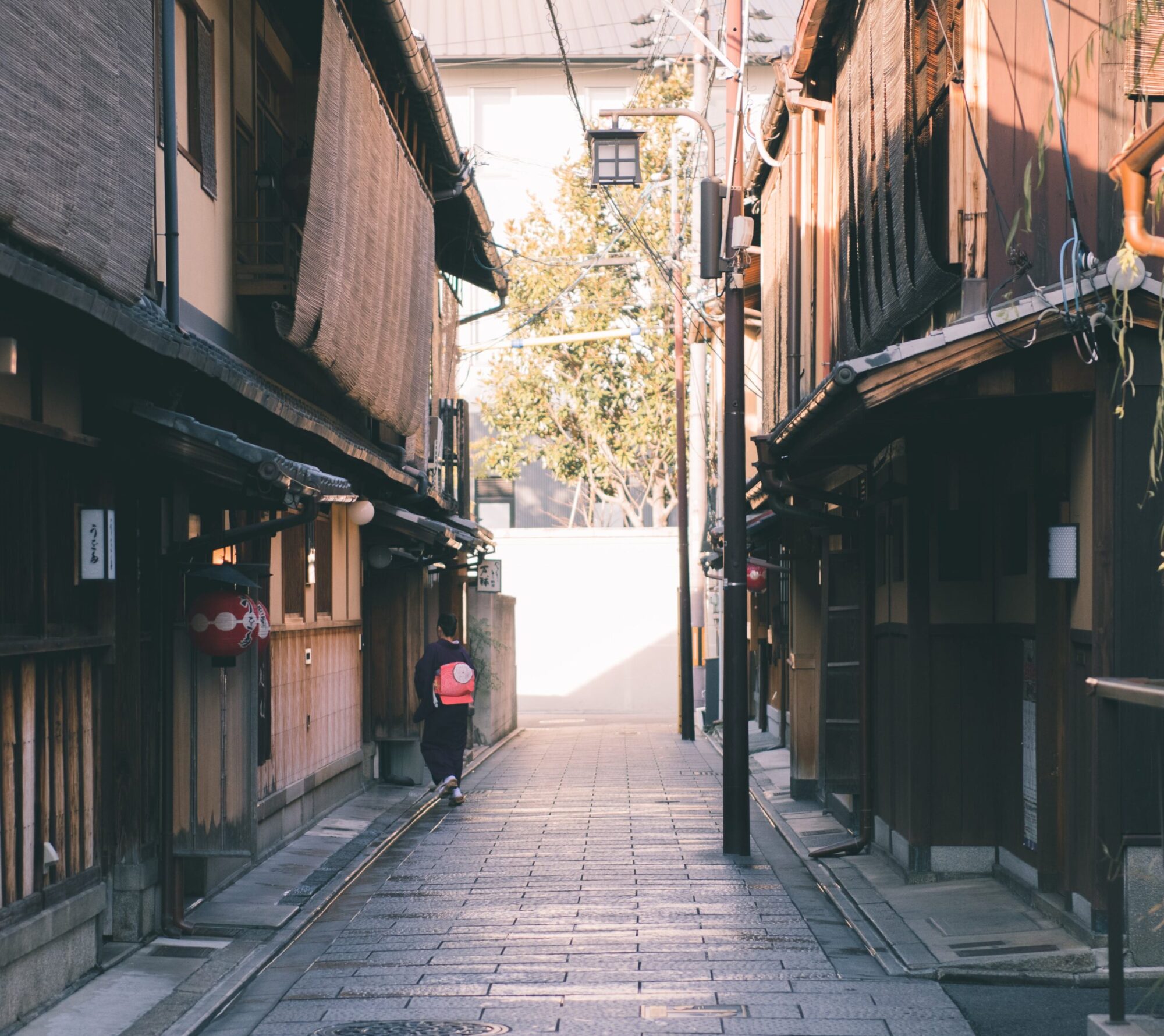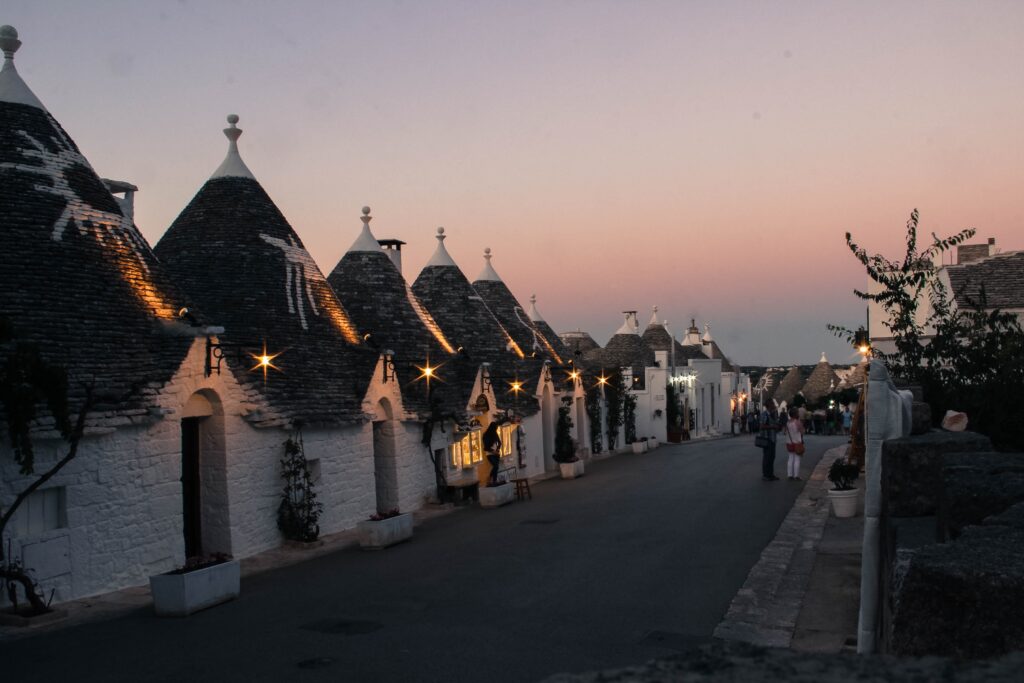Data: 29/01/2024 Time: 8:36
Nestled in the heart of Japan, Kyoto is a cultural treasure where the threads of a rich history intricately weave into the vibrant tapestry of modern life. Situated in the central part of the Honshu island, Kyoto holds the esteemed title of being the imperial capital of Japan for over a millennium, spanning from 794 to 1868. This extended period of prominence solidifies Kyoto as one of the nation’s most historically significant cities.
In the present day, Kyoto stands as a living testament to Japan’s enduring traditions. It gracefully preserves its illustrious heritage while seamlessly embracing the dynamism of contemporary society. The city serves as a bridge between the past and the present, where ancient rituals coexist with modern innovations. Now, it’s time to embrace into its culture, history and so forth. Start reading about Kyoto, Japan now!
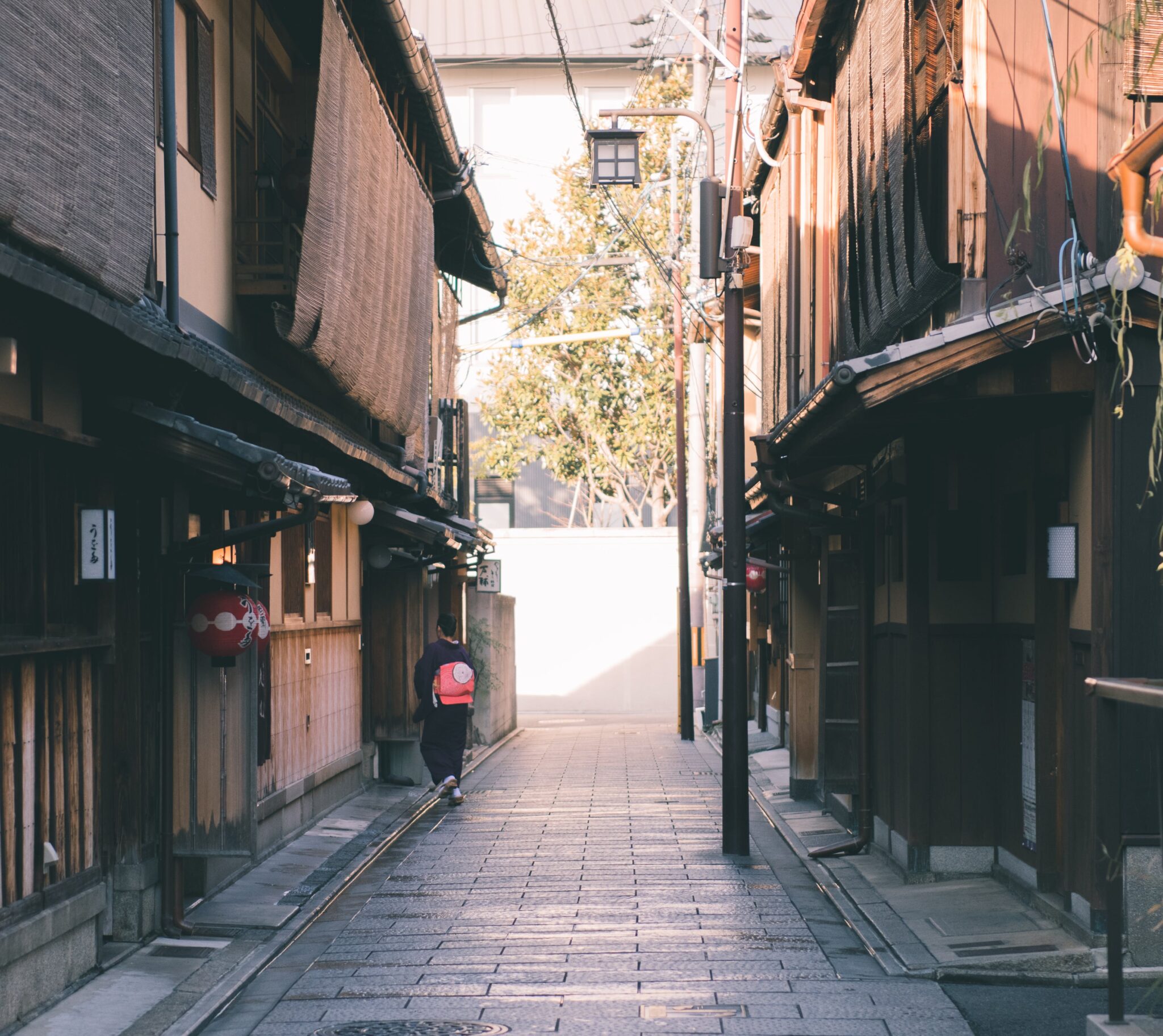
History
The city’s historical narrative begins in the eighth century when Emperor Kammu. He decided to move the capital from Nara to establish Heian-kyo, the original name for Kyoto.
This decision was made due to the desire to establish a new era that would distance itself from the influence of powerful Buddhist monasteries in Nara. This marked the beginning of Kyoto’s significance as a center for imperial rule and cultural flourishing.
This era, known as the Heian period, witnessed the flourishing of classical Japanese culture, with the creation of literary masterpieces like “The Tale of Genji.” Over the centuries, Kyoto endured wars, fires, and the rise and fall of various dynasties. Each chapter leaving an indelible mark on the city’s landscape.
Despite the imperial capital shifting to Tokyo in 1868 during the Meiji Restoration, Kyoto retained its cultural significance. This preservation of heritage is evident in the city’s well-preserved historic districts. Such districts are Gion and Higashiyama, where narrow streets wind past traditional machiya houses, wooden teahouses, and ancient temples.
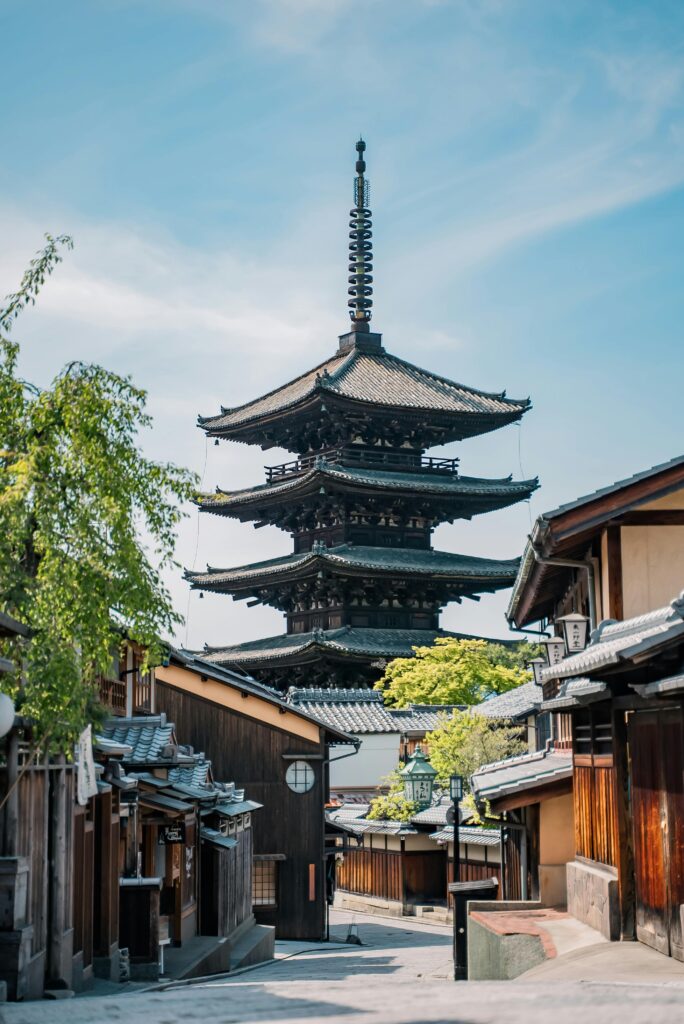
What to see in the city
Kyoto is home to a staggering number of UNESCO World Heritage Sites. Each of them encapsulates a unique facet of Japan’s cultural legacy. Also, Kinkaku-ji, the Golden Pavilion, is a stunning Zen Buddhist temple covered in gold leaf. It reflects in the surrounding pond to create a picture-postcard scene, as well.
Fushimi Inari Taisha, with its iconic vermilion torii gates, is dedicated to the Shinto god of rice and agriculture, Inari.
Not to be missed is Kiyomizu-dera, a wooden terrace affording panoramic views of Kyoto, especially breathtaking during cherry blossom season. The Ryoan-ji Zen rock garden and the enchanting bamboo groves of Arashiyama are additional testaments to Kyoto’s diverse architectural and natural wonders.
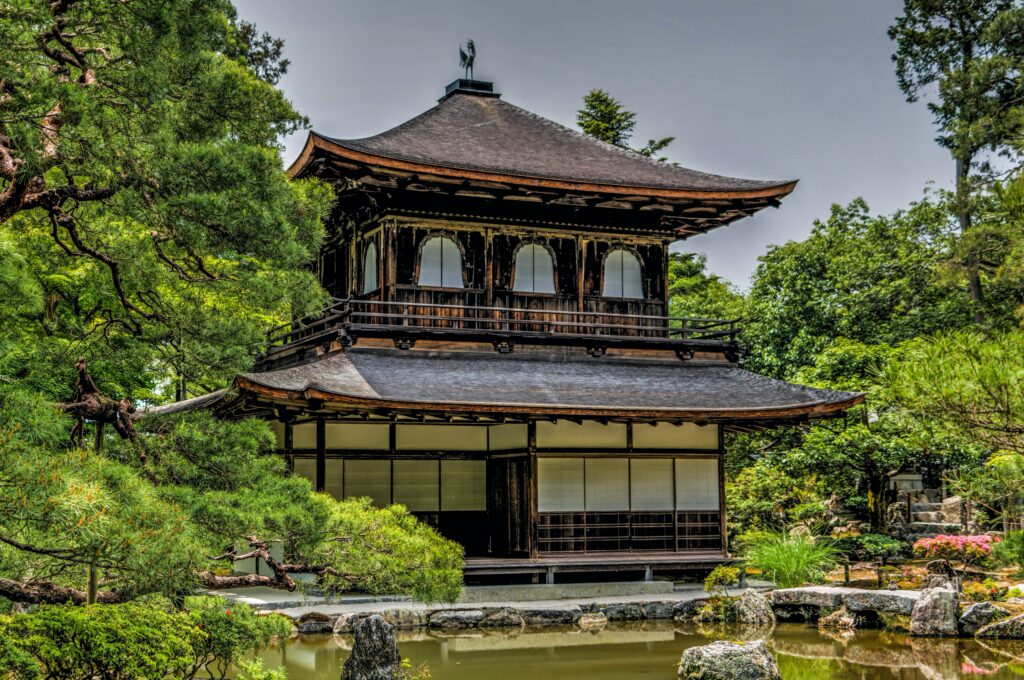
You might be interested in reding:
Culinary
Kyoto’s culinary landscape seamlessly blends tradition and innovation. A must-try for food enthusiasts is Kaiseki. It is actually an originated-in-Kyoto multi-course dining experience spotlighting seasonal ingredients.
Explore Nishiki Market, dubbed “Kyoto’s Kitchen,” for a sensory journey. In addition, stalls offer fresh produce, local snacks, and traditional crafts, making it an essential stop for those craving an authentic taste of Kyoto.
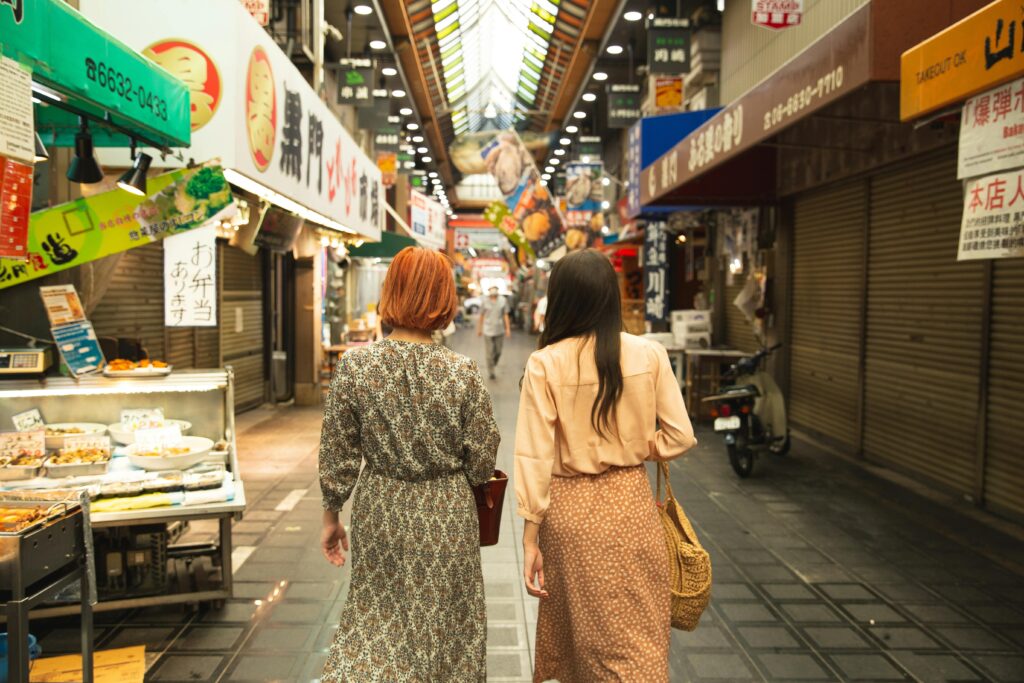
Indulge in matcha-flavored treats, such as matcha ice cream or matcha-flavored pastries, as Kyoto is renowned for its high-quality green tea. Likewise, the city’s teahouses, like Ippodo Tea Co. and Uji-based Tsuen Tea, provide immersive experiences in the art of tea appreciation.
Festivals

Kyoto transforms into a breathtaking spectacle during cherry blossom season (sakura), typically in late March to early April. Locals and visitors alike engage in hanami, the tradition of appreciating cherry blossoms by picnicking beneath the blooming trees. Maruyama Park, Philosopher’s Path, and the grounds of Kiyomizu-dera are popular hanami spots.
Throughout the year, Kyoto hosts various festivals, such as Gion Matsuri, one of Japan’s most famous festivals featuring elaborate floats and traditional performances. Awa Odori, a lively dance festival, and Jidai Matsuri, a historical parade, further showcase Kyoto’s commitment to celebrating its cultural heritage.
Kyoto Nowdays
In the heart of Japan, Kyoto not only exudes historic charm but also warmly embraces modernity. It also creates a captivating blend of the past and the present. The city’s evolution is evident in its contemporary architecture, bustling shopping districts, and vibrant entertainment hubs. All this paints a dynamic picture of its journey through time.
A fascinating stop on this journey is the Kyoto International Manga Museum. It is ingeniously housed in a former elementary school. This unique museum is a treasure trove, boasting a vast collection of manga from around the world. Moreover, it stands as a testament to Kyoto’s dedication to preserving cultural heritage.
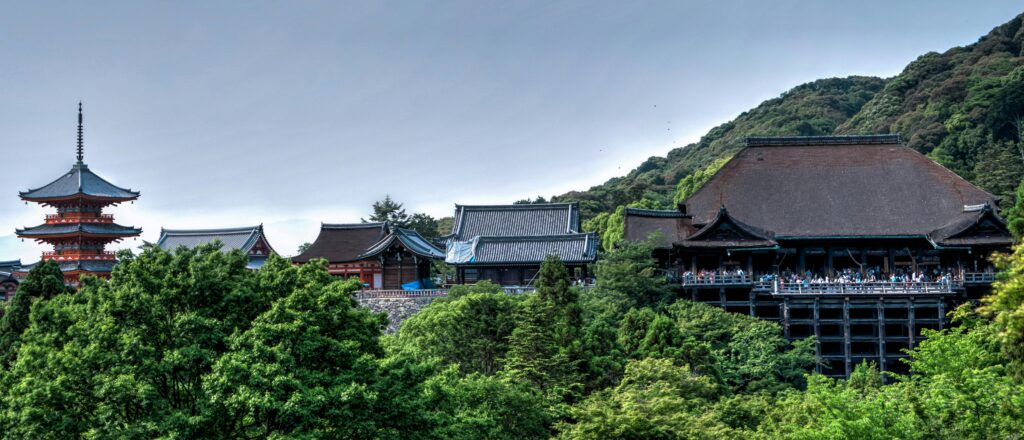
Venturing into the Gion district reveals Kyoto’s vibrant nightlife, as well. Here, traditional izakayas, historic theaters, and modern bars coexist, offering a diverse array of experiences for nocturnal explorers.
For a truly unique blend of the traditional and the modern, Pontocho Alley beckons. Also, the narrow lanes, adorned with lanterns, create an intimate and enchanting atmosphere. As you explore, you’ll find a captivating mix of traditional and contemporary dining establishments, making Pontocho Alley a must-visit locale.
Kyoto, with its seamless integration of history and modernity, stands as a living canvas. Each step through its streets, each visit to its landmarks, is a journey through time that leaves an indelible mark on the soul of every traveler.
Conclusion
In conclusion, Kyoto vividly showcases Japan’s rich heritage. The echoes of imperial history resound through ancient temples and cobbled streets. UNESCO World Heritage Sites, vibrant festivals, and traditional tea ceremonies portray a bygone era.
Moreover, Kyoto seamlessly integrates the old with the new. Modern architecture, bustling markets, and a dynamic cultural scene offer a taste of contemporary Japan. This city invites visitors to wander through time while savoring the flavors of the present.
Kyoto’s timeless allure promises a journey that transcends eras, leaving an indelible mark on every traveler’s soul, as well.

